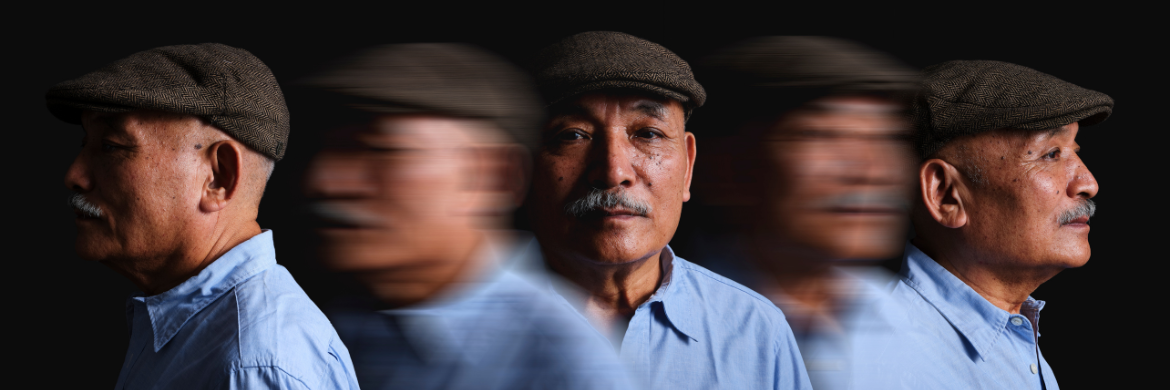
Rapid-onset dystonia Parkinsonism (RDP), a hereditary form of dystonia, is characterized by the abrupt onset of slowness of movement (Parkinsonism) and dystonic symptoms.
Terms used to describe rapid-onset dystonia-parkinsonism include: DRP, DYT12 dystonia.
- Quick Facts
- Rapid-onset dystonia Parkinsonism (RDP) is a hereditary form of dystonia
- RDP is characterized by the abrupt onset of slowness of movement (parkinsonism) and dystonic symptoms
- Symptoms may develop over the course of days or hours, and may follow fever, prolonged exposure to heat or exercise, childbirth, or emotional stress
- Symptoms usually stabilize in less than four weeks after which there is little progression and symptoms may improve slightly
- Treatment must be highly customized to the individual and may include physical therapy, oral medications, and complementary therapies such as regular relaxation practices
- Symptoms
The classic features of RDP include involuntary dystonic spasms in the limbs, prominent involvement of the speech and swallowing muscles, slowness of movement, and poor balance. Onset of the combined dystonic and parkinsonian symptoms can be sudden, occurring over hours to days. Some people experience seizures. RDP often follows a fever, prolonged exposure to heat or exercise, childbirth, or emotional stress. Symptoms usually stabilize in less than four weeks, after which, it is reported, there is little progression and symptoms may improve slightly. RDP usually occurs in adolescence or young adulthood (age range 15 to 45), but onset of mild dystonia-parkinsonism has been reported in individuals up to the age of 58.
- Cause
Several mutations in the ATP1A3 gene (also called the DYT5 gene) are associated with RDP and inherited autosomal dominantly with reduced penetrance. This means that only one parents needs to have the gene mutation for a child to inherit the disease, but not everyone who inherits the gene mutation will develop symptoms.
- Diagnosis
Diagnosis is based on neurological examination. A family history is required to distinguish the mild limb dystonia of RDP from early-onset dystonia.
- Treatment
Treatment options for RDP at this time is limited and must be customized to the individual's unique needs. Levodopa/carbidopa or dopamine agonists may provide some mild improvement in some affected individuals. Individuals may benefit from non-drug approaches such as physical therapy and complementary therapies such as regular relaxation practices.
Thank you to Dystonia Medical Research Foundation (USA) for allowing us to share this information. The DMRF is a 501(c)(3) non-profit organization dedicated to advancing research for improved dystonia treatments and ultimately a cure, promoting awareness, and supporting the well-being of affected individuals and families.
